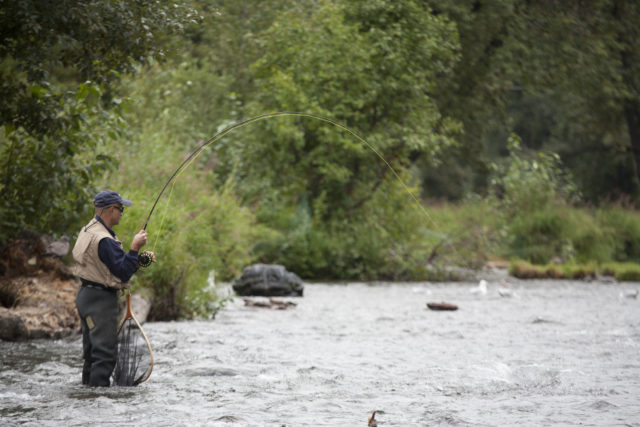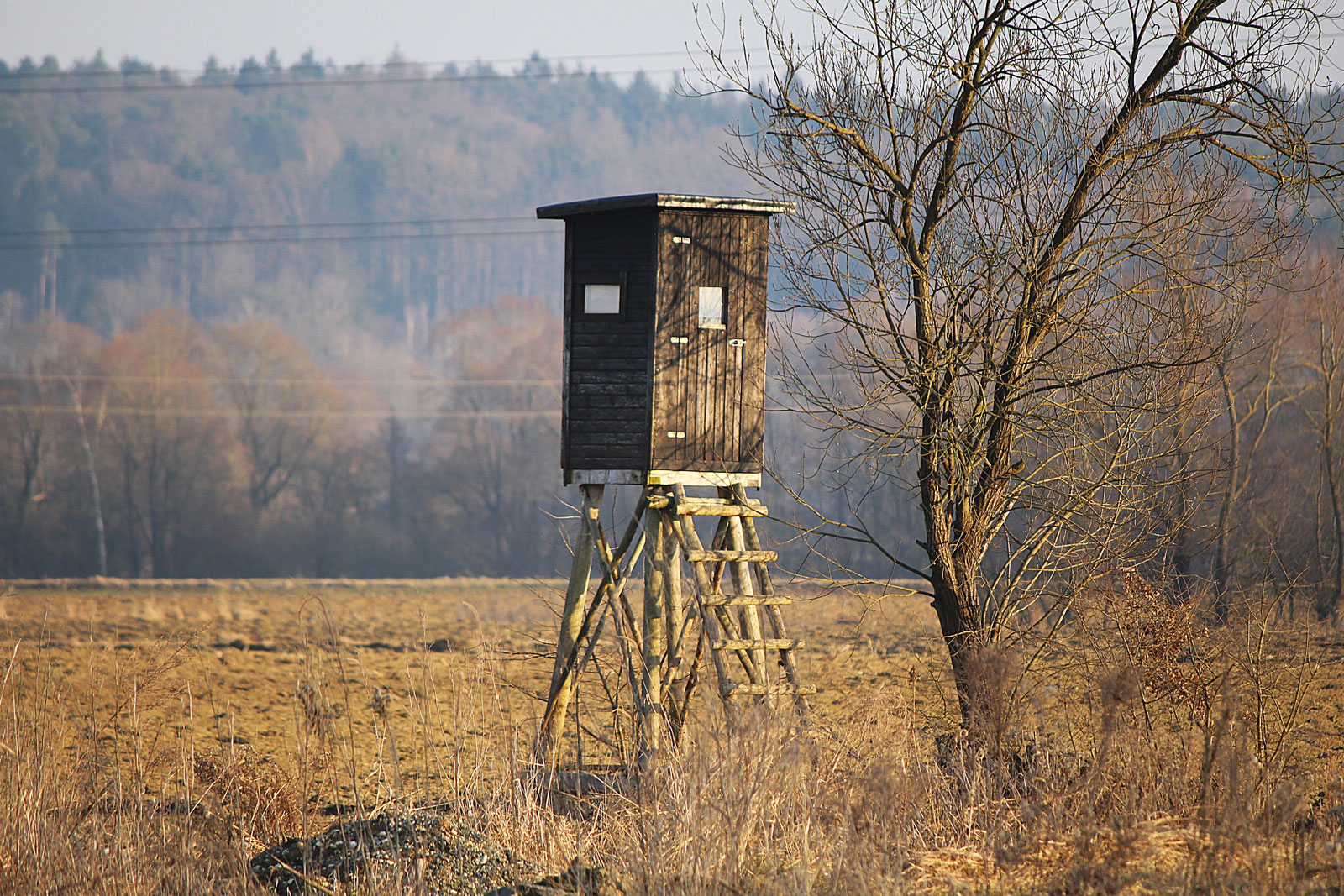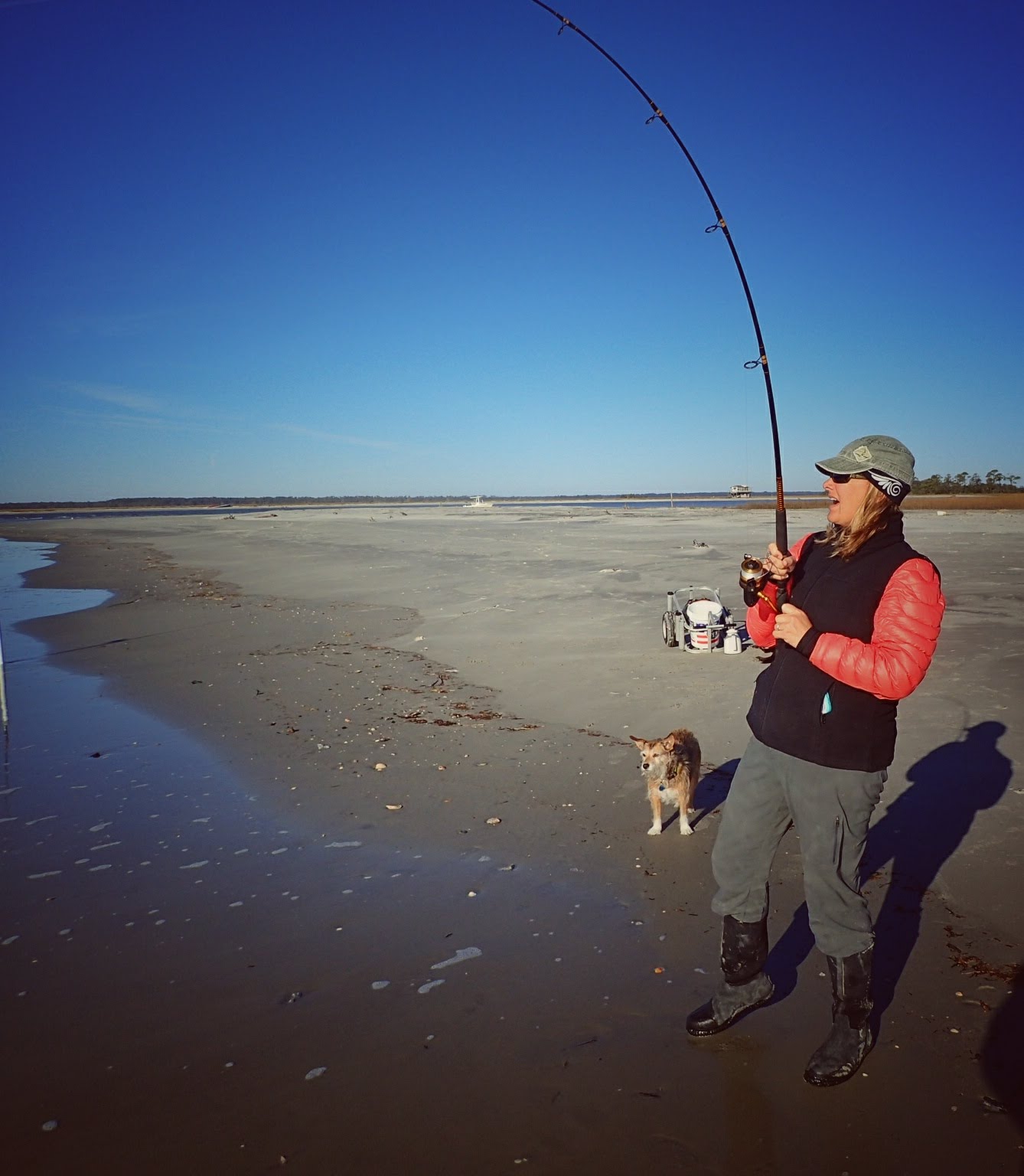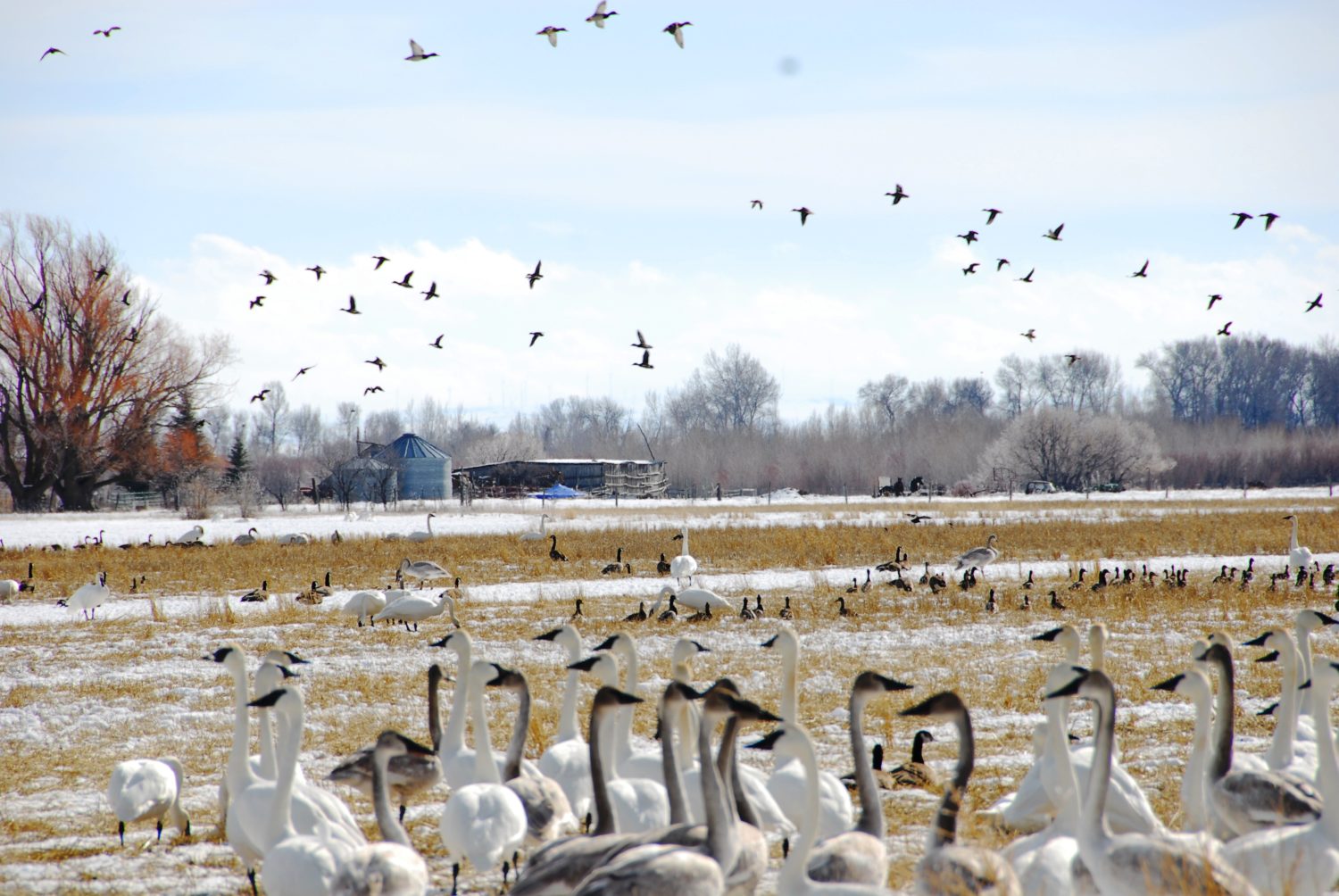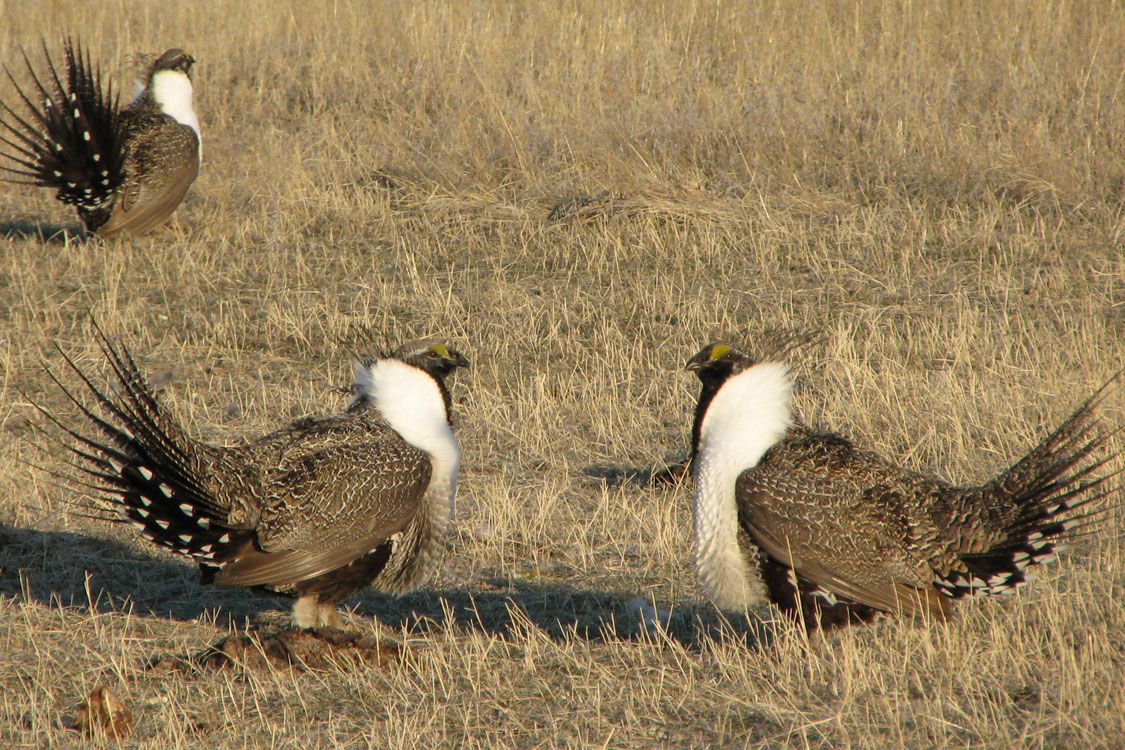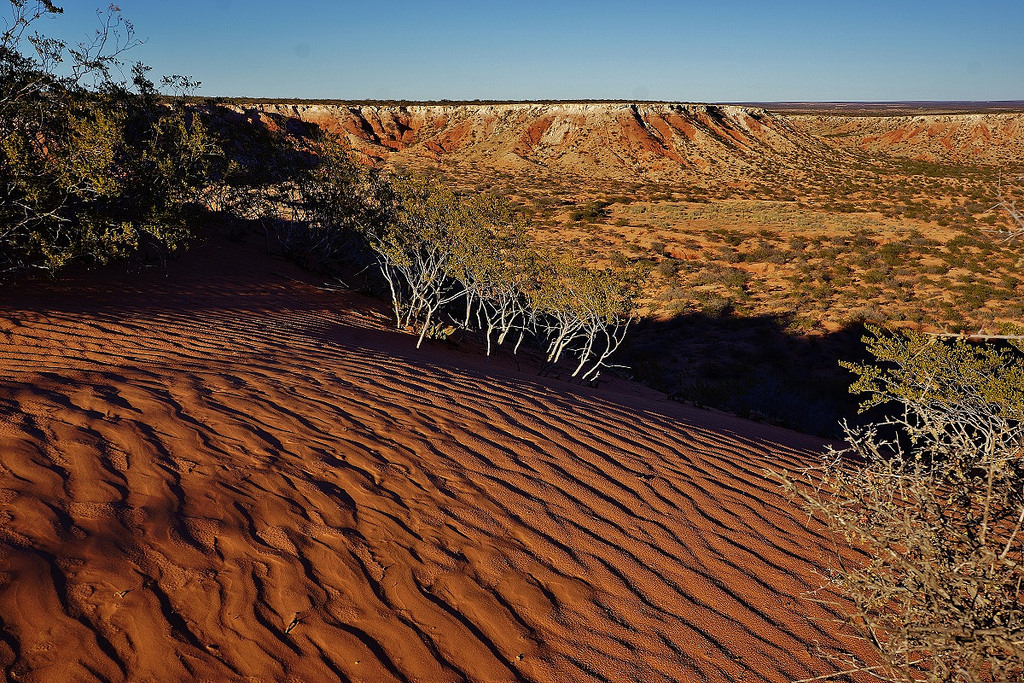This is YOUR chance to play a role in how our public lands are managed and ensure that sportsmen and women have a say about the places where we love to hunt and fish
The BLM’s Carlsbad Field Office encompasses over two million acres across southeast New Mexico, including the Guadalupe Mountains, Pecos River, Delaware River, and the Black River. These landscapes provide some of the finest hunting, fishing, and outdoor recreation opportunities in the state, as well as important habitat for big game and fish.
Currently, the Bureau of Land Management is revising the plan that will determine the future management of these lands. The Carlsbad Field Office’s Draft Resource Management Plan was released in August with a 90-day public comment period, and sportsmen and women must get involved to ensure that the best habitats are conserved and that these lands are managed responsibly for multiple-use.
Please attend one of eight local public meetings in the next few weeks (see schedule below). These events will offer updates on the planning process, allow the public to share their ideas and opinions on the draft plan, and explain ways for interested citizens to stay involved.
The best way to see that our priorities are included in the plan is to have a presence and provide input at these meetings. Meeting dates, locations, and times, as well as suggested talking points are listed below.
Thank you for taking the time to support our public lands, and I hope to see you at one of the following meetings.
Where and When
| Meeting Location | Date | Time | Address |
| Carlsbad | September 17 | 12:30 – 3pm; 5:30 – 8pm | Pecos River Village Conference Center, 711 Muscatel Avenue |
| Artesia | September 18 | 12:30 – 3pm | Central Valley Electric Cooperative, 1403 N. 13th Street |
| Roswell | September 18 | 5:30 – 8pm | Holiday Inn Roswell, 3620 North Main Street |
| Hope | September 19 | 5:30 – 8pm | Village of Hope, 408 South 2nd Avenue |
| Albuquerque | September 20 | 12:30 – 3pm | Holiday Inn Albuquerque, North I-25, 5050 Jefferson Street NE |
| Jal | September 25 | 12:30 – 3pm | Jal Community Center, 109 W. Panther Ave |
| Hobbs | September 25 | 5:30 – 8pm | New Mexico Junior College, 5317 N Lovington |
| Midland, TX | September 27 | 12:30 – 3pm | Midland County Centennial Library, 2503 Loop 250 Frontage Rd |
Suggested Talking Points
- Conserve big-game seasonal habitat and migration corridors: Elk, mule deer, and antelope utilize a variety of landscapes throughout the year, and the long-term health of these areas—particularly those contiguous, high-quality wildlife habitats that are not yet developed—should receive special consideration under the plan.
- Additional resources for responsible stewardship: Funding for the reclamation and restoration of abandoned and orphaned well sites and energy infrastructure should equal that spent on new development. Additionally, the agency should provide the resources necessary to effectively monitor and enforce existing rules and regulations.
- Responsible energy development: Oil and gas development on these lands should be conducted thoughtfully and in balance with other multiple-uses. Wildlife-dependent recreation and the hunting and fishing opportunities in places such as Serpentine Bends, or on the clear waters of the Black River, Delaware River and Pecos River should be safeguarded as this area undergoes further development.
Photo courtesy of BLM New Mexico

